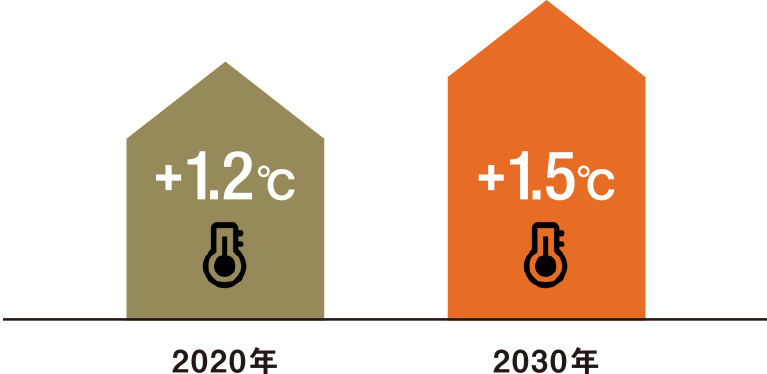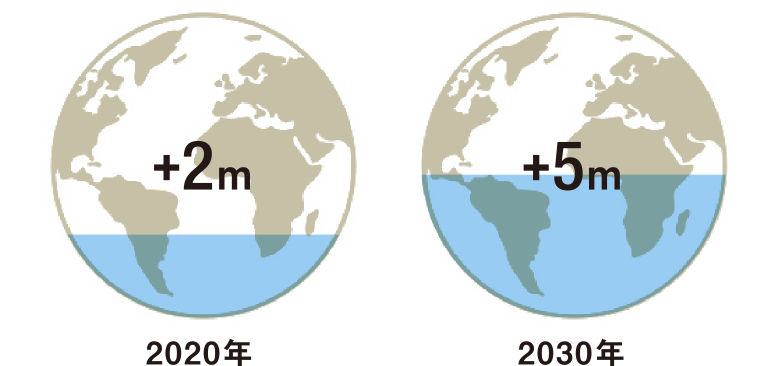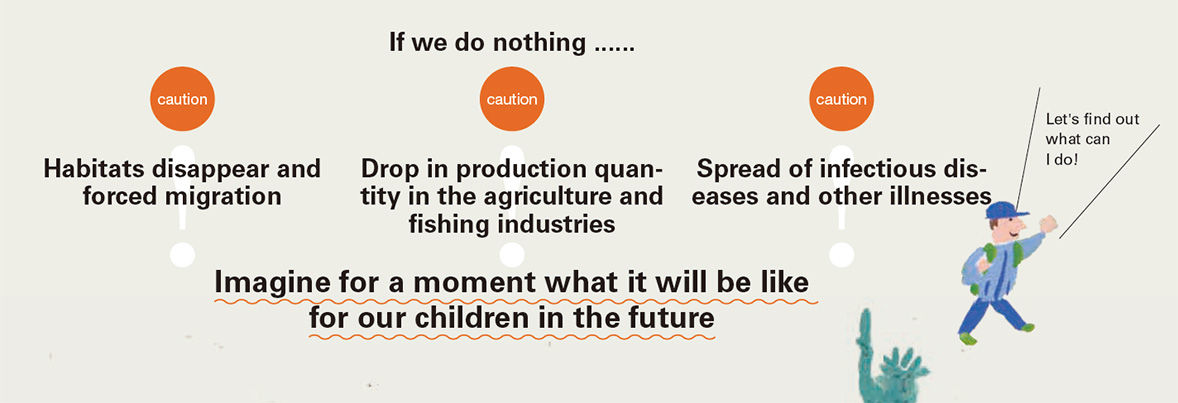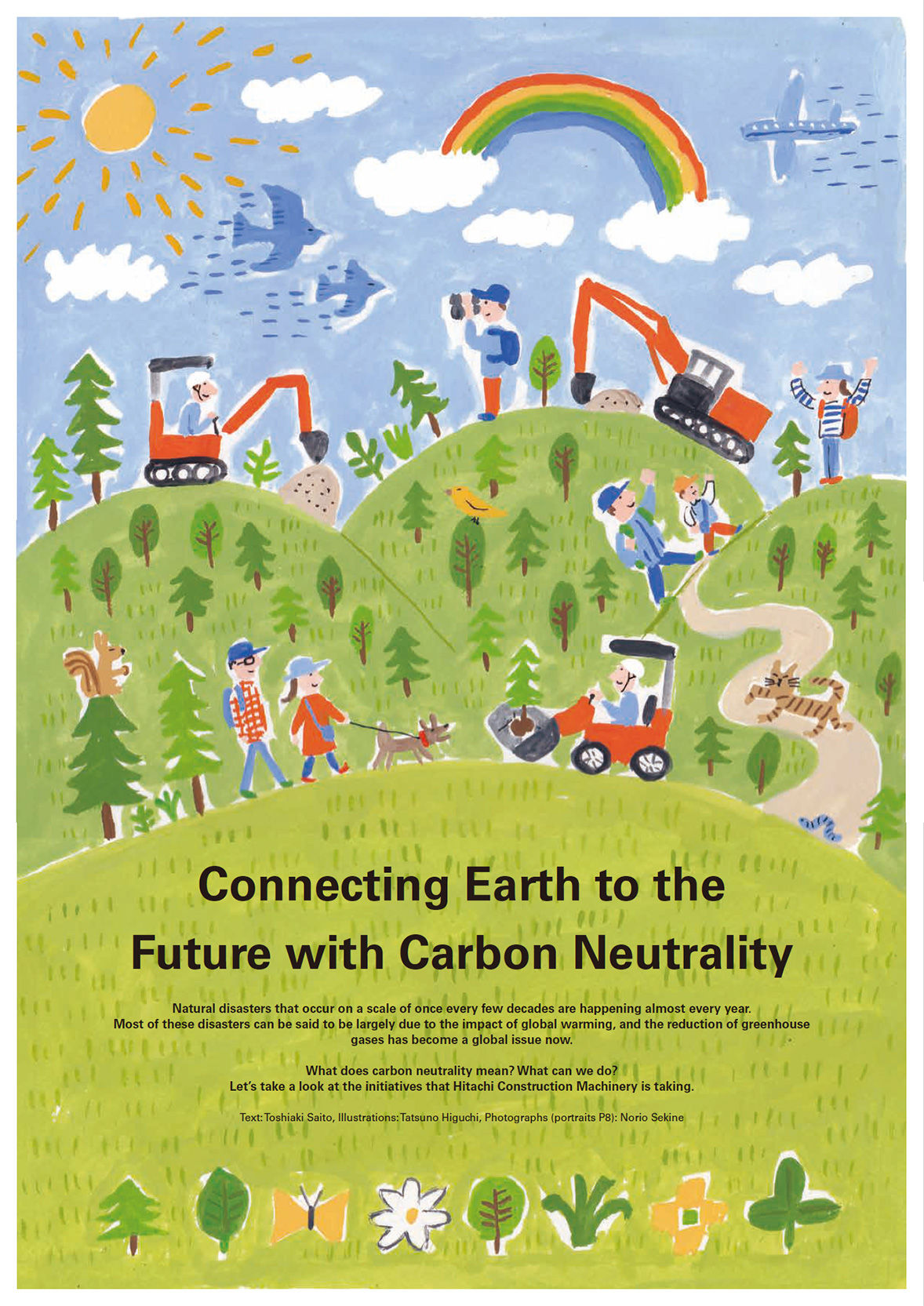Protecting the Earth from Climate Change with Carbon Neutrality

In the first place, what does carbon neutrality mean and what should be done to achieve it?
We asked Mr. Kenji Fuma, who is familiar with sustainability management and ESG
investments, about the current state of domestic and overseas initiatives, the impact
on the construction industry, and what companies and individuals can do.

Mr. Kenji Fuma
CEO, Neural Inc Founded a sustainability management/ESG investment advisory company in 2013 before taking up his current position. Author of “Carbon Neutral Beginner’s Guide” (Kodansha Ltd.), “Understanding with Data how the Earth will be in 2030” (Nikkei Business Publications, Inc.) and other books. Editor-in-chief of the sustainability management/ ESG investment advisory news site “Sustainable Japan”. Besides being a member of ESG-related committees in the Ministry of the Environment, Ministry of Agriculture, Forestry and Fisheries, and the Ministry of Health, Labour and Welfare, he has also served as an expert at international conferences
For decarbonization measures, it’s becoming clear that a target of 2050 may not be soon enough
Natural disasters are happening one after another due to climate change, and sea level rise is also becoming a serious risk. Rising temperatures have caused damage to the agriculture and fishing industries, and infectious diseases have also increased due to changes in the ecosystem, which exert an enormous impact on society and the economy.
In August 2021, the Sixth Assessment Report was released by the Intergovernmental Panel on Climate Change (IPCC). In the Paris Agreement, it is stated that we should strive to keep the rise in the mean temperature to 1.5°C compared to before the industrial revolution, but in the same report, it is written that the rise will reach 1.5°C by around 2030. In the world of meteorology, a rise of even 1°C is a major change, and it is also said that the temperature will rise by 4°C if we leave the problem alone without doing anything. A sense of impending crisis that this will lead to the occurrence of disasters at an unimaginable level has become a common consensus among scientists working on climate change.
Carbon neutrality is an initiative to keep the amount of greenhouse gases as exemplified by carbon dioxide (CO2) to “plus or minus” zero. “Minus” means to reduce the amount of greenhouse gases by plants absorbing the carbon etc., but since it is difficult to absorb all greenhouse gases, we have to bring the amount emitted, that is the “plus” side, close to zero.
The Japanese government released a declaration aiming to be carbon neutral by 2050. However, in the aforementioned report, it is stated that this should be brought forward as there is a possibility that it will be too late to avoid a global crisis by 2050. In response, movements by international society will probably also accelerate in future.
Hearing the government’s declaration, I felt a sense of relief that Japan has also taken action at last. Nonetheless, in contrast to Europe moving quickly to enact laws on carbon neutrality and China also setting ambitious targets, Japan has been slow in taking action. Globally, we belong to the group of late starters. As the image of Japan as an environmentally advanced country is strong in the first place, concern has been expressed overseas at our tardiness.
The delay in making the declaration could possibly due to previous environmental measures imposing a cost burden and becoming a drag on growth, so thereality is that the government was notin a position to say so. However, carbonneutrality has attracted attention notonly as an environmental issue but alsoas an economic issue. If companies areslow in taking action, they might end uppaying other costs and costs to deal withdisasters and a rise in the sea level. Thesecosts are huge. This is because global corporationshave come to realize that whenyou weigh the pros and cons, the costs incurredin taking measures against climatechange are rather tiny in comparison.
Many things can be done by individuals and companies
So, are there things that individuals can do for this global issue? Although the amount of greenhouse gases emitted by industries is way higher as a whole, there are also many things that individuals can do. The amount of CO2 emitted by the electricity and gas used in homes is surprisingly large, and a lot of CO2 is emitted when producing automobiles, electrical products and foodstuffs, so we can contribute to a reduction in emissions if we are aware of all these one by one. Individuals can contribute in a variety of ways depending on their efforts, for example, they can change their household appliances to run on a plan that has a higher proportion of renewable energy, or they can take the train instead of driving the family car.
More than anything else, the biggest effort that individuals can make is to having the will to accept changes. A catastrophic collapse will come if we were to maintain our current lifestyle. More severe disasters may be waiting in store. In other words, I believe the most important thing is to realize that some things must change, and to have the will to accept these changes.
There may be differences in such a way of thinking depending on the country, but I feel the differences among generations are even larger. The emergence of Greta Thunberg from Sweden was sensational, but the 2050s will undoubtedly will be an era for the younger generation like Greta to play an active role. Therefore, it is important to value the opinions of the younger generation, and also for corporations to come face to face with young people.
The Ministry of Economy, Trade and Industry enacted a green growth strategy in association for a carbon neutral 2050, and presented an action plan for each field. In the construction industry, I feel the possibility in converting construction materials that emit a lot of CO2 in the manufacturing process. Interest in wooden buildings is also growing throughout the world, and construction techniques that are earthquake-proof are evolving. Therefore, the significance of pursuing wooden construction in Japan where there is a culture of using wood is probably also great.
I look forward to the further promotion of zero emissions by the electrification of construction machinery in the carbon neutral initiatives of Hitachi Construction Machinery. What is required in future is being carbon neutral throughout the entire value chain from manufacturing to operation and disposal, so there is probably a need to look closely at changing the materials used in construction machinery, using batteries efficiently, and reusing batteries that have dropped in performance. Nonetheless, since it takes time to do everything by manpower, including searching for raw materials and recovering batteries, incorporating digital technologies to realize DX (digital transformation) will also be essential. While the goal we aim for may be high, I hope we will consider all means to realize it.

Rising temperatures lead to disasters caused by abnormal weather
Compared to the average temperature prior to the Industrial Revolution (1850 – 1900), the current temperature has already risen by 1.2°C. As you may know, major disasters that happen “once every few decades” have been occurring frequently in recent years.

Places which have become uninhabitable due to the rising sea level are cropping up one after another!
The sea level has already risen by 15 cm in about 50 years at the Kurihama Port in Yokosuka City (analysis by the Ministry of Land, Infrastructure, Transport and Tourism). If the sea level rises by 5m, Tokyo and the eastern part of Saitama in the Kanto region will be submerged in water
* Source: “Understanding with Data how the Earth will be in 2030” (Kenji Fuma, published by Nikkei Business Publications, Inc.)



